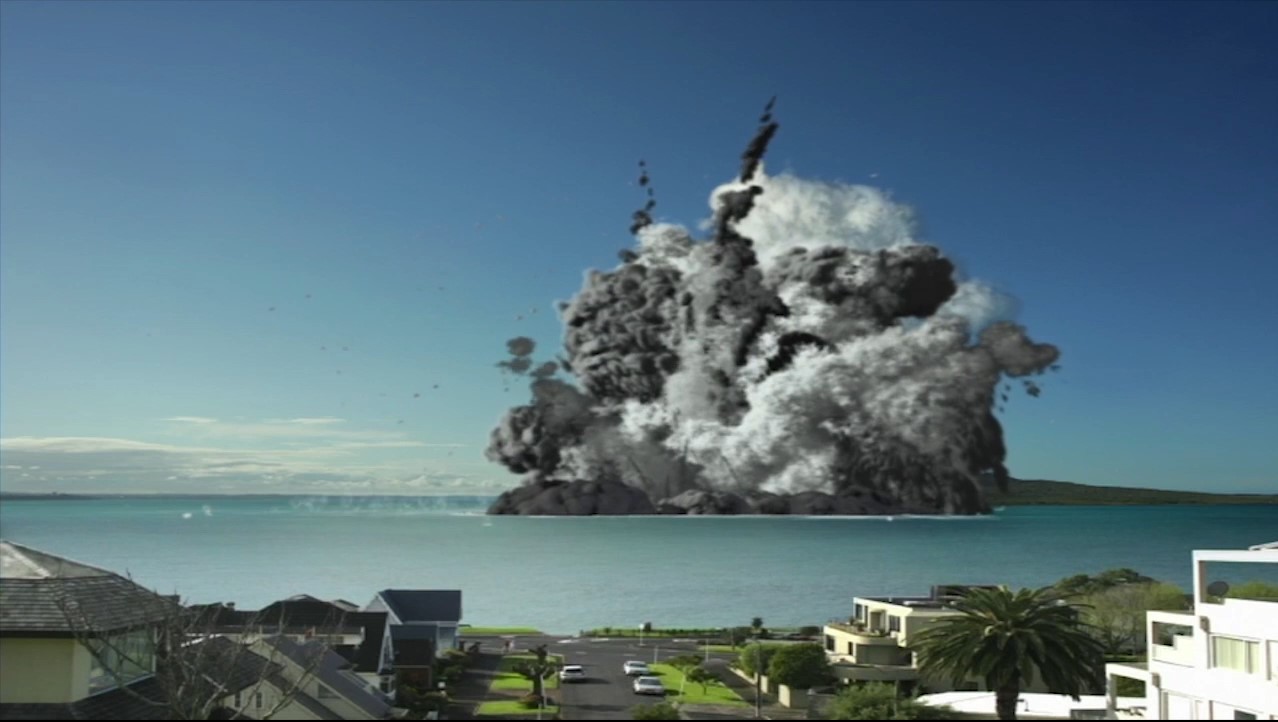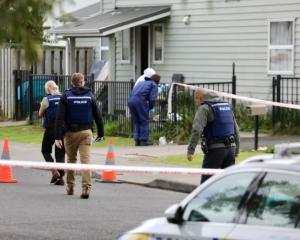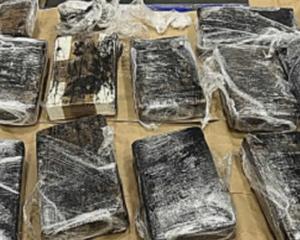
While earlier reviews have suggested signs of an imminent eruption in the Auckland Volcanic Field could occur anywhere between six days and three years before a blow, scientists now believe the lowest end of the range was likely just five to 15 days.
An eruption in New Zealand's biggest city could be catastrophic, perhaps forcing the evacuation of more than 400,000 people and bringing a deadly surge of hot rock and gas, moving at 200km/h.
The havoc that eruptions in populated areas can cause has been recently highlighted in Hawaii, where lava has destroyed hundreds of homes, and in Indonesia, where hundreds of people were forced to flee when Mt Merapi blew in early May.
Officials are looking at the potential implications of the just-published revelations, which were put down to something scientists didn't expect to find even in Auckland's famed volcanic environment.
Their study investigated how long it would take for hot magma to rise from the Earth's mantle 50km below the surface - a crucial question for evacuation planning.
The team, led by Otago University volcanologist Dr Marco Brenna, further sought to answer what triggered Auckland eruptions, and whether the magma was always sitting at the mantle, or formed and erupted immediately.
They targeted Pupuke on the North Shore, one of the oldest volcanoes in the field, because there were remnants of crystals that had been ripped from the walls of the mantle and heaved up with magma in a past eruption.
"This normally shows that the magma left its host area in a hurry," explained University of Auckland volcanologist Professor Shane Cronin, who worked on the study while Brenna was a post-doctoral fellow at his faculty.
Because these crystals had a different chemistry to the magma, the scientists could examine the reactions and build a timeframe around them.
This pain-staking work eventually turned out several surprising discoveries.
The magma appeared to be made up of several sub-types that had clumped together and mixed before erupting, which was typical for volcanoes like Ruapehu but had never been documented in Auckland.
They also unexpectedly found that the magma had been effectively triggered to erupt by a hotter batch arriving from deeper below.
And as the magma may have been sitting at depths of more than 50km for up to a year before the big blow, this suggested there could be eruptible magma present at any time.
Once the new hot magma arrived to destabilise the main body, the eruption took place between 10 and 30 days later – and more likely at the lower end of that range.
When the magma reached within just a kilometre of the surface, its final rise was estimated to have taken only between 45 minutes and half a day.
Considering that seismic detection wouldn't pick up the rising magma until it came within about 27km of the surface, and that it took as little as 10 days to travel 50km, it could be assumed the warning period would be half that, Cronin said.
Further, the scenario could be applied to the wider field, where the most recent eruption occurred at Rangitoto around 550 years ago.
Crystals recovered from Mt Mangere - which the scientists were now focusing on alongside Three Kings and Rangitoto - appeared to tell the same story.
"This work doesn't change the likelihood of eruptions – but it does change our certainty around how much warning we could potentially have."
Auckland Emergency Management's principal science advisor, Dr Angela Doherty, said officials would work with research partners to understand what the findings meant for current plans.
"When considering the many ways an eruption might unfold in the city, we have generally erred on the side of caution and made plans and exercises based on shorter advanced warnings."
The study was supported by the Earthquake Commission, which has now funded new work on what a big eruption in the city would look like.
Current planning meant evacuating up to a 5km radius which could restrict up to 435,000 people, although this also allowed for a smaller or larger area to be evacuated if better information was available.
The deadliest threat was the bomb-like "surge" - a 200-600C mixture of fragmented rock and gas travelling along the ground at around 200km/h at the beginning of the eruption.
Another project was exploring how a large evacuation might unfold - something which posed a headache because of high uncertainty around location, styles, sequence and advance warning of any eruption.












